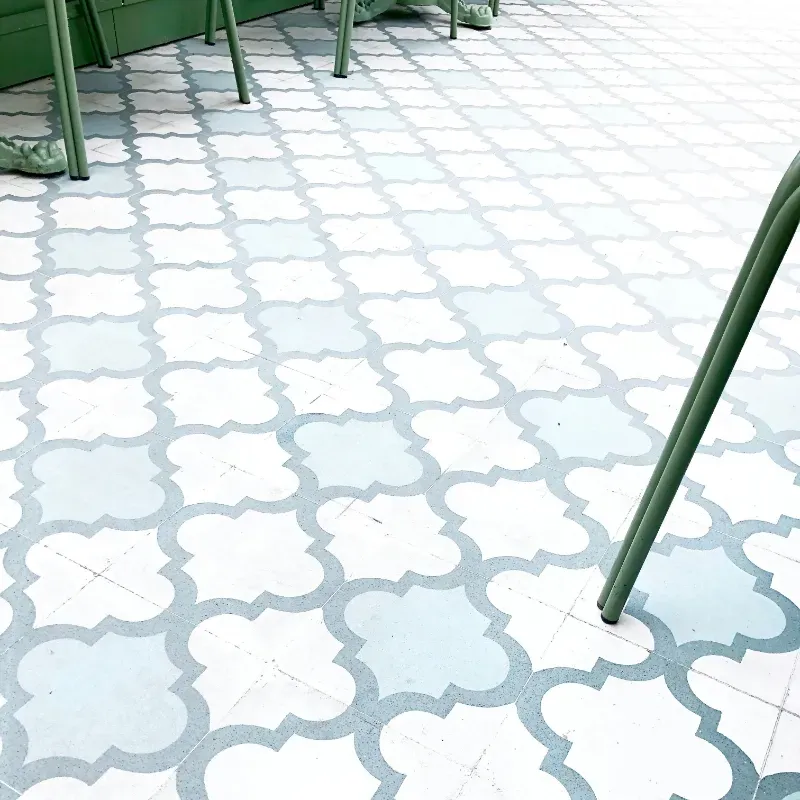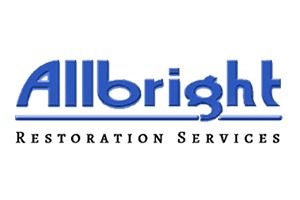Concrete Cleaning and Sealing: Best Practices
Why Cleaning and Sealing Concrete Matters
Concrete might seem tough as nails, but it's actually a bit like your skin. Without the right care, it starts to crack, fade, and lose its good looks. Cleaning and sealing concrete isn't just about making it look nice—it protects your surfaces from damage caused by water, oil, and even the sun. Just like sunscreen for your driveway or patio!
When you seal concrete, you're helping it last longer and stay stronger. Whether it’s a garage floor or your backyard patio, sealing helps block out moisture and stains so you don’t have to deal with ugly marks or expensive repairs later. It also reduces dust, which is a bonus if you or your family have allergies. And let’s be honest—it just feels good knowing your home is being taken care of the right way.
When Is the Right Time to Clean Your Concrete?
Timing is everything. Aim to clean your concrete on a warm, dry day—late spring or early summer usually works best. That extra time allows the concrete to fully dry ahead of sealing. Plus, you’ll be more comfortable working in nice weather.
If your concrete looks stained, slippery, or just plain tired, it’s time for a cleanup. Waiting too long means dirt and grime will get deeper into the pores. Treat your concrete like you would your car: a little cleaning now saves big headaches later. Always make sure to clean the surface first—sealing dirty concrete just locks in the grime. Otherwise, you’re just locking in the dirt under a shiny coat.
How to Choose the Right Concrete Cleaner
There are all sorts of cleaners out there, but not all of them are made for concrete. Look for a cleaner that’s strong enough to tackle stains but won’t be too harsh on your concrete. When dealing with oil or grease stains, a quality degreaser can make a big difference. For mold or mildew, go with a cleaner made for outdoor use.
Don’t overthink it—just read the label. Look for products that say "safe for concrete" and make sure they match the kind of dirt you’re trying to remove. A little soap and water might work fine for light jobs, but for the heavy stuff, you need the right tool for the task. Using the wrong product might make cleaning more difficult—or worse, harm the surface.

Step-by-Step Guide to Cleaning Concrete Surfaces
Start by sweeping away loose dirt and leaves. That way, you're not just pushing debris around. Then, spray down the area with water to loosen things up. Use a stiff broom or brush to scrub the cleaner into the surface.
Let it sit for a few minutes (just like letting marinade soak in), then rinse it all off with a hose or pressure washer. You’ll be amazed how much brighter and cleaner your concrete looks after a good scrub. It’s like washing years off your patio or walkway! Make sure the surface is fully dry before you start sealing as moisture can ruin the finish. Patience here leads to better results.
Common Mistakes to Avoid When Cleaning Concrete
One big mistake? Skipping the prep. If you don’t sweep first, your cleaner won’t work as well. Another common oops is using the wrong cleaner. Some chemicals can actually eat away at your concrete if they’re too harsh.
Also, don’t rush the job. Let your cleaner do the work—give it time to break down stains. And always rinse thoroughly. Leaving cleaner behind can make surfaces slippery or streaky. Go slow and get it done properly so you don’t have to fix mistakes later. Your concrete will thank you. Safety first! If you're using powerful cleaners, be sure to wear gloves and protect your eyes.
Understanding the Different Types of Concrete Sealers
Not all sealers are the same. Concrete sealers generally fall into two categories: those that penetrate and those that form a surface layer. Penetrating sealers absorb into the concrete to provide deep, lasting protection. They're great for driveways and walkways because they don’t change the look much.
Film-forming sealers, like acrylic or epoxy, sit on top and create a shiny layer. They’re a great choice for decorative patios or any surface where a sleek, shiny look is desired. Think of it like matte vs. glossy paint—both protect, just in different ways. You can even find tinted sealers that enhance the color of stamped or stained concrete.
How to Properly Apply a Concrete Sealer
Before anything else, double-check that your concrete is completely dry. Any moisture left behind can mess up the seal. Once it’s ready, pour the sealer into a paint tray and use a roller or sprayer to apply an even coat.
Work in small sections and avoid puddles. If you need a second coat, wait for the first to dry fully—usually a few hours. Hold off on walking or driving over the area until the sealer has had time to fully set. This part might require a bit of patience, but the results are so worth it. Some folks even apply a slip-resistant additive to the sealer for extra safety.
Tips for Maintaining Sealed Concrete Over Time
A sealed concrete surface isn’t a set-it-and-forget-it deal. You’ll still want to clean it every so often with a mild detergent and hose. Avoid harsh chemicals or power washing at full blast—you don’t want to strip the seal.
Keep an eye out for wear, especially in high-traffic areas. If water stops beading on the surface, it might be time to reseal. Think of it like waxing a car—you’re just keeping that protective barrier in top shape so it keeps doing its job. And avoid dragging heavy items across it to prevent scratches in the seal.
How Often Should You Reseal Concrete Surfaces?
This depends on the type of sealer and how much use your concrete gets. For driveways or patios, every 2-3 years is a good rule of thumb. If you live in a place with a lot of rain or sun, you might need to do it more often.
Watch how your concrete behaves. If it starts soaking up water instead of repelling it, it’s time for a refresh. Resealing isn’t hard, and doing it regularly saves you from major repairs down the road. The more regularly you maintain it, the better your concrete will hold up and continue to look great.
Final Thoughts: Protect Your Investment with Routine Care
Taking care of your concrete isn’t just about looks—it’s about making sure your property holds its value and stays safe. Just a bit of upkeep can make a big difference—sealing and cleaning are easy ways to care for your outdoor surfaces.
If you’re not sure where to start or just want it done right, call Allbright Restoration Services. We’re proud to serve Southern California with expert concrete cleaning and sealing. Give us a call at 760-218-2829 and let us help you protect what matters most. Your concrete works hard every day—let’s help it last for the long haul.

